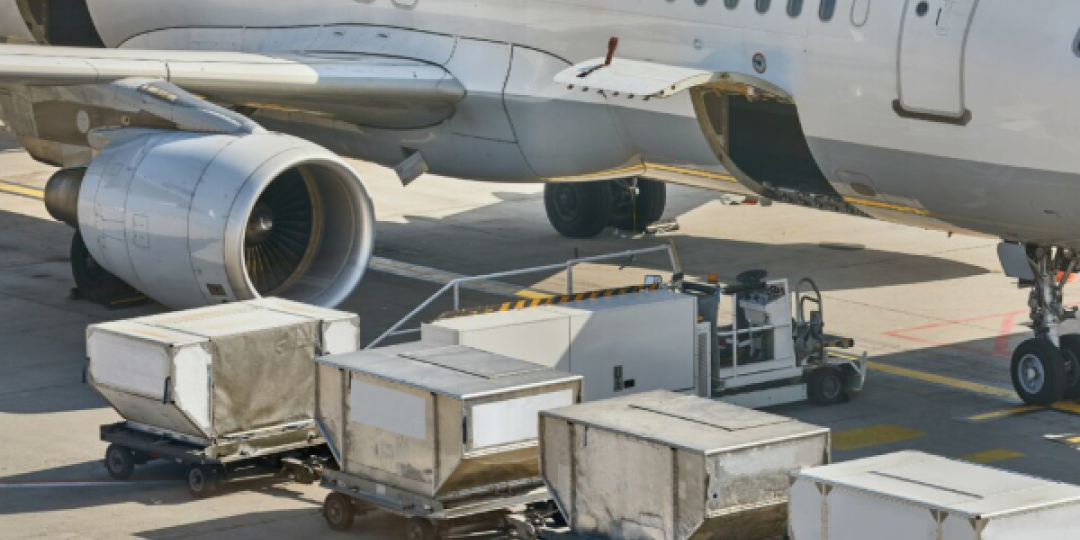The airfreight sector finds itself in an unusual situation, according to market research firm Transport Intelligence (Ti).
In a recent report on airfreight rates, Ti found that comparing past performance of the market to the current situation did not fully explain the dynamics of what was happening.
“Although the overall level of demand in the market appears strong, this disguises wide variations on different routes,” reads the report. “The salient development in terms of stimulating demand continues to be the activities of the Chinese internet retailers. The trajectory of these shippers is hard to fully understand as they appear to be particularly focused on using airfreight rather than sea freight to service markets in Europe and North America.”
Despite this, the exact demand that the retail sector will place on airfreight in 2025 remains uncertain, especially as challenges surrounding sea freight continue to ease.
Chinese export activity continues to be frantic but also uncertain, while demand in the rest of the world is variable.
According to Ti, while extreme factors drove demand and led to exceptional growth levels in 2024, this by no means indicated that the airfreight market was stable.
“Global airfreight rates have been on an upward trend. In Q3 of 2024, month-on-month global headhaul rates increased by an average of 5.9%, while backhaul rates saw a smaller rise of 3.7%,” states the report. “On a year-on-year basis, headhaul rates recorded a 4.6% increase, contrasting with a 3.2% decline in backhaul rates.”
These changes, according to Ti, occurred despite falling fuel prices, helped by the modal shift caused by supply chain disruptions and a resurgence in e-commerce demand.
The outlook for 2025 remains cautiously optimistic. While the global economy is considered moderately healthy, this perception may be misleading. Changes anticipated under the new US government, coupled with the ongoing struggles of the Chinese economy, are expected to influence global trade dynamics. Airfreight volumes into China continue to lag due to subdued consumer demand, highlighting a critical area of concern for the sector. Exports on the other hand continue to grow.
According to the International Air Transport Association, global air cargo markets are continuing to show strong annual growth in demand. Total demand, measured in cargo tonne-kilometres, rose by 9.8% in October 2024 compared to October 2023 levels (10.3% for international operations) for a fifteenth consecutive month of growth.
Capacity, measured in available cargo tonne-kilometres (ACTKs), increased by 5.9% compared to October 2023 (7.2% for international operations). This was largely driven by an 8.5% increase in international belly capacity. Dedicated freighter capacity increased by 5.6%, the seventh consecutive month of growth, with volumes nearing 2021 peak levels.













